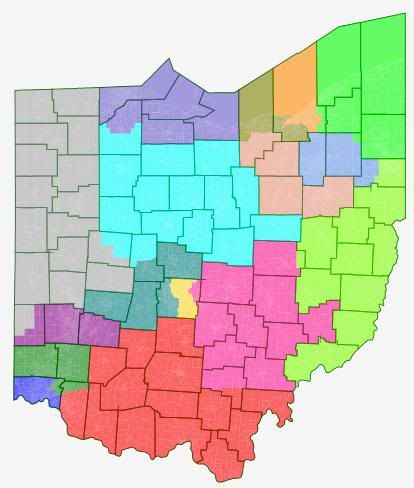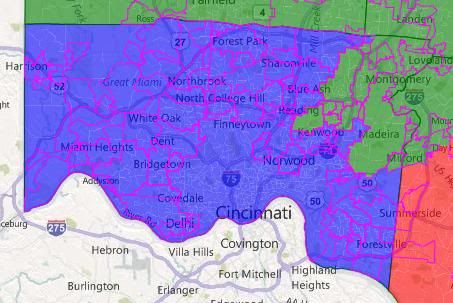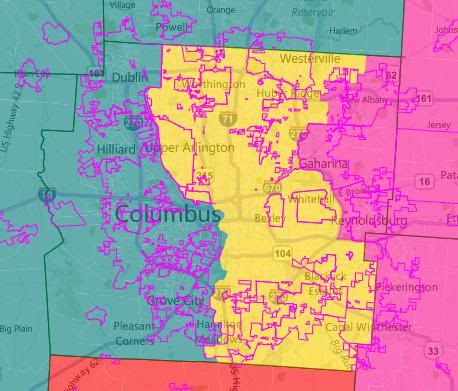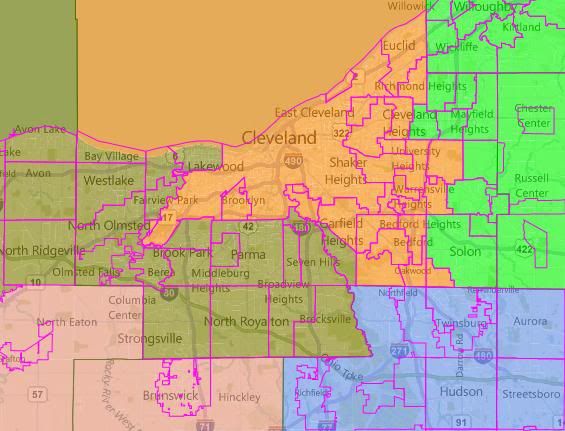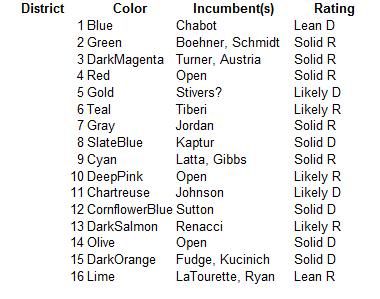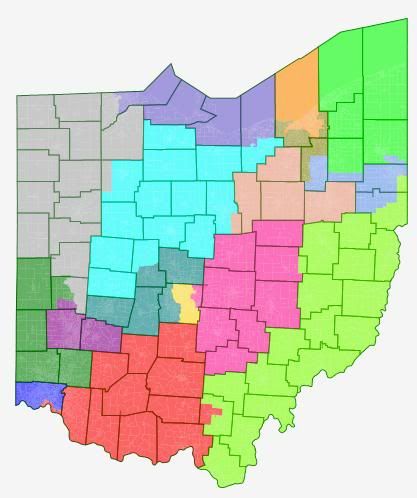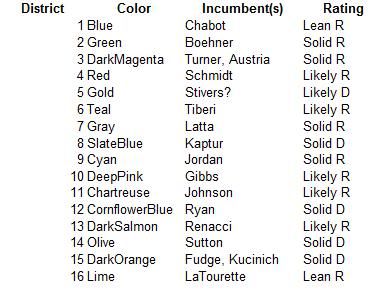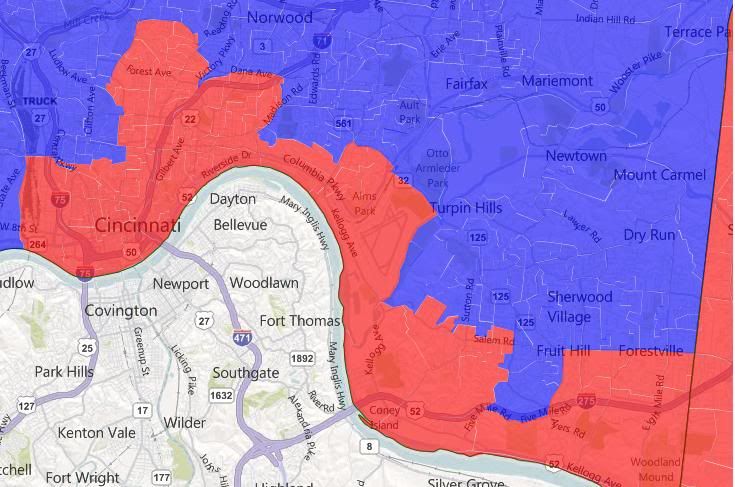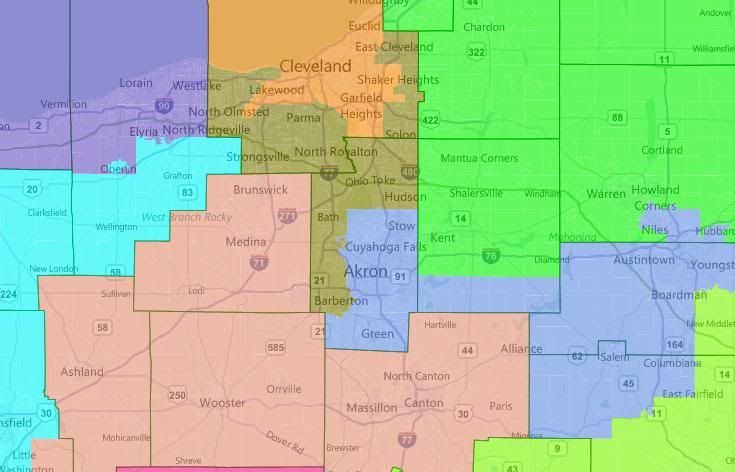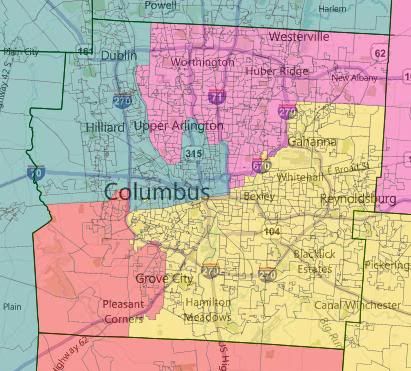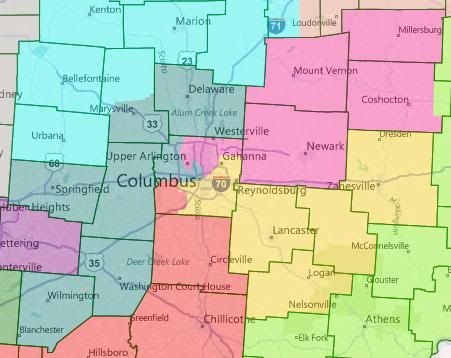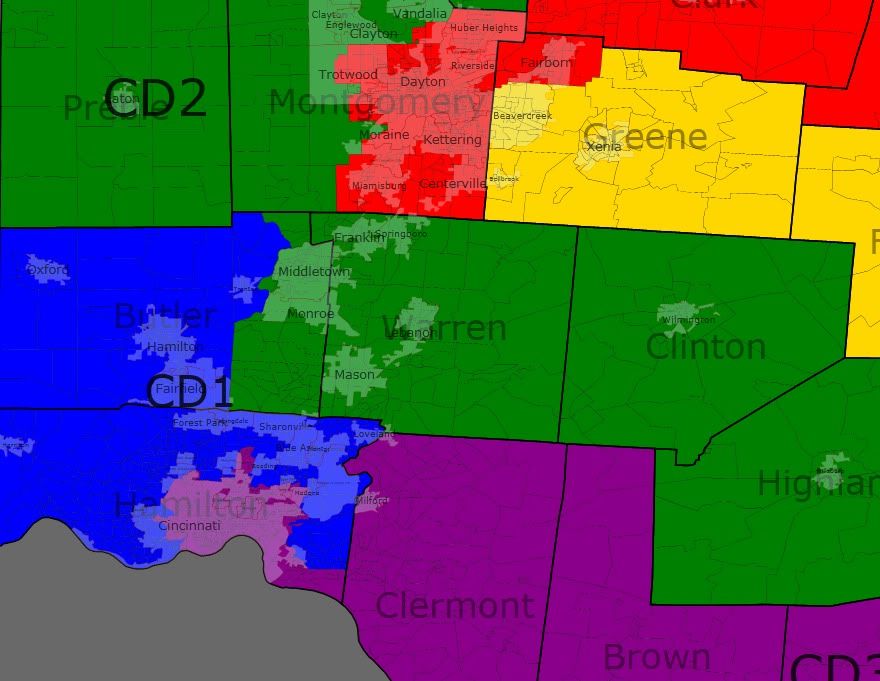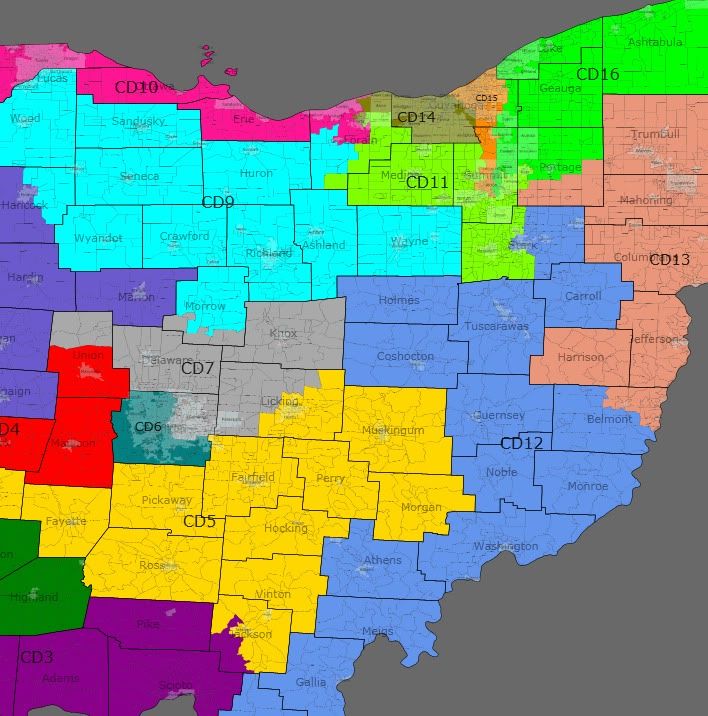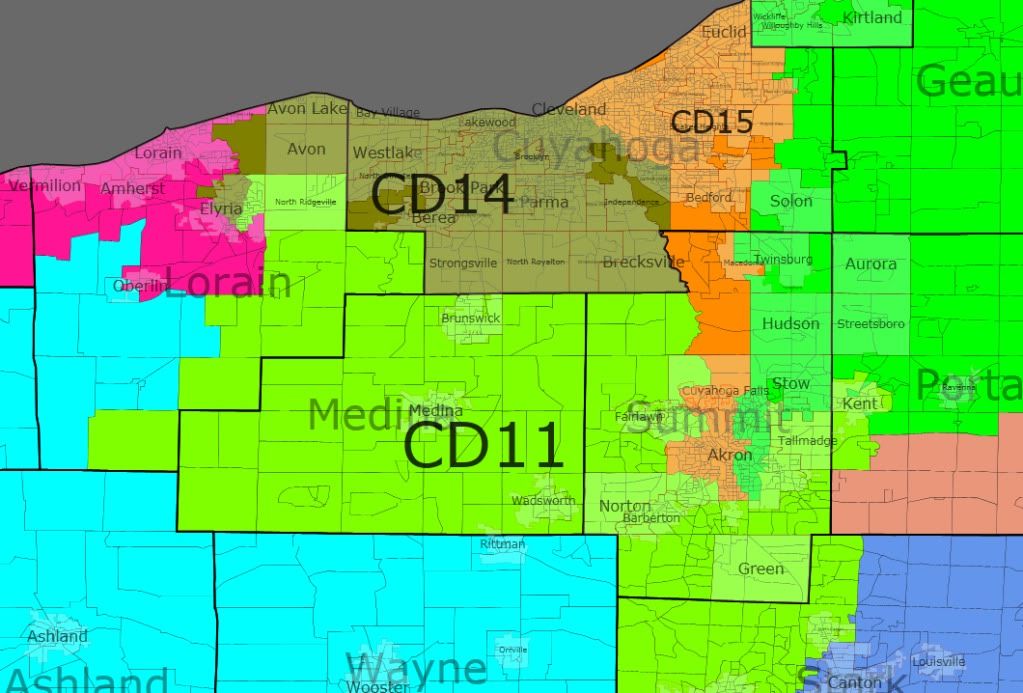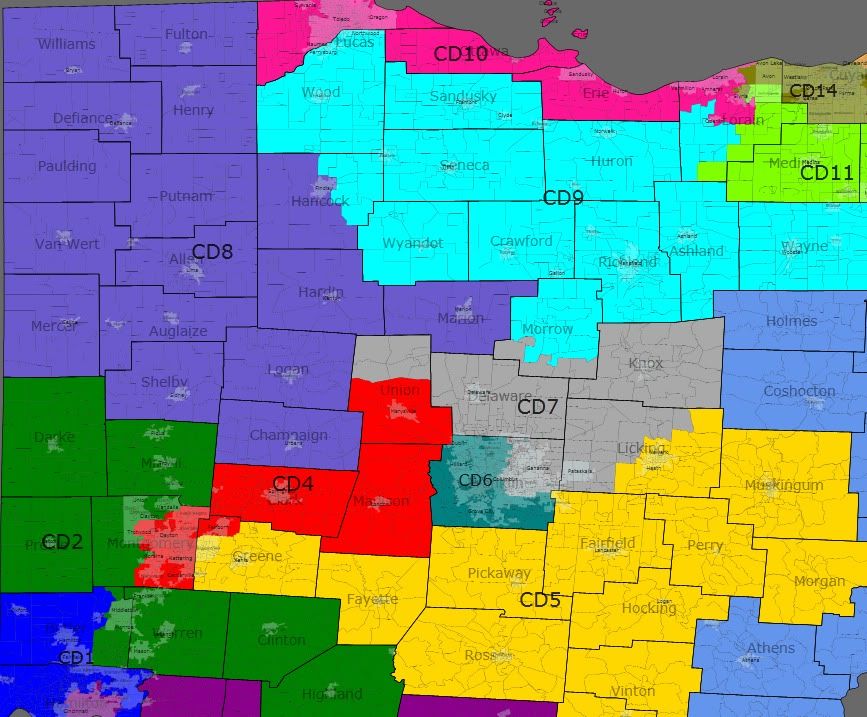Senate:
• CT-Sen: William Tong, a state rep we mentioned once before, is supposedly gearing up to enter the Democratic primary. He was recently in DC “making the rounds,” and is reportedly trying to hire staff. I don’t really see how he has a chance, given that two big names are already in the race, but maybe he’s hoping for a good enough showing to improve his name rec with the political classes for a future run. (Tong’s only in his late 30s.)
• NE-Sen: State Sen. Deb Fischer, a sorta dark-horse candidate given that two statewide officials are already running in the GOP primary, is getting encouragement from a one-time statewide office-holder: former Gov. Kay Orr, the first Republican woman to be elected governor in the United States. Interestingly, the man who stopped Orr in her bid for re-election in 1990 is the guy Fischer would take on: Ben Nelson.
• OH-Sen: As promised early last week, Josh Mandel filed paperwork with the FEC to form a Senate campaign committee, but his mouthpiece insists that it’s not a formal statement of candidacy, just “a step.”
• WI-Sen: GOP ex-Rep. Mark Neumann, on a two-race losing streak, is hoping that the third time’s the charm. After offering some recent hints, Neumann’s now explicitly saying he’s considering a run against Herb Kohl. He hasn’t offered any kind of timetable, except to suggest he’s kinda-sorta waiting on Rep. Paul Ryan, the guy who inherited his seat in the House. (I seriously doubt Ryan will run, given his prominence in the House GOP leadership.) Neumann was last seen losing the 2010 GOP gubernatorial primary to none other than Scott Walker. Before that, he’d been out of politics for a long time, narrowly losing the 1998 Senate race to Russ Feingold. Neumann has some personal wealth he could throw into the race, though of course Kohl has a ton of money (and a history of self-funding).
House:
• NY-26: The cries of “splitters!” from the Judean People’s Front/People’s Front of Judea battle raging in upstate New York have just grown louder. The leaders of one teabagger group, TEA New York, issued an endorsement to Republican Jane Corwin, furious as they are over Crazy Jack Davis appropriating their good name and branding his ballot line the “Tea Party.” Meanwhile, another teabagger org, the Tea Party Coalition, gave their seal of approval to Davis, who denounced TEA NY as a tool of the GOP. Oh, it also helps that the leaders of the TPC are on the Davis payroll. But for the full flavor, I strongly encourage you to read Alan Bedenko’s hilarious summation of all this mishugas.
• TX-26: Dianne Costa, a former GOP mayor of Highland Village (pop. 17K) has filed paperwork to run in the 26th CD, currently held by backbencher Michael Burgess. Odds are this is a Schrödinger’s Seat situation. (H/t FEC Kenobi)
Other Races:
• Las Vegas Mayor: I’m borderline uncomfortable reporting polls from Strategic National, because their chief, John Yob, established himself as an untrustworthy partisan hack almost right out the gate. But in any event, Jon Ralston obtained a copy (warning: Word file) of a poll they just took in this race, showing Carolyn Goodman ahead of Chris Giunchigliani by a 48-34 spread. It’s not clear who if anyone the poll was taken for, but oddly enough, it tests some negative messages against both candidates – not something you usually see in a poll that gets released into the wild. It also features percentages that go into the thousandths, which means you know it’s extra-accurate.
• Wisconsin Sup. Ct.: It’s sort of redundant to begin a bullet linking to 538 by saying “Nate Silver crunches the numbers,” because of course that’s what he’s just done. Anyhow, click the link for his look at whether the Wackiness in Waukesha points to incompetence or fraud (conclusion: “[I]f you want to allege that there’s a conspiracy afoot, the statistical evidence tends to work against you.) Craig Gilbert of the Journal Sentinel also thinks the new numbers are plausible. And for a more amusing tidbit that definitely tilts in favor of Waukesha County Clerk Kathy Nickolaus being a boob, check out this entertaining story from Michigan Liberal.
Meanwhile, despite now facing very challenging odds (or perhaps because of it), JoAnne Kloppenburg has hired Marc Elias, the attorney who led Al Franken’s legal efforts in his recount battle. David Prosser is tapping Ben Ginsburg, who, in addition to representing Norm Coleman, played a big role in the Bush Florida recount team.
Remainders:
• Voter Suppression: Huh – why is Jon Husted, Ohio’s Republican Secretary of State, trying to sound reasonable on the issue of voter ID? In the fact of pending legislation which would require voters to bring a government-issued photo ID with them to the polls, Husted instead is in favor of allowing people to use other forms of identification, like a utility bill or government-issued check. Given how deep VOTER FRAUD!!!!!!!1111 runs in the teabagger bloodstream, this is one issue (like immigration) on which any sensible Republican with higher ambitions would be wise to avoid, yet here Husted is sticking his neck out on it. What gives?
Redistricting Roundup:
• Colorado: Colorado’s new congressional map is now not expected until April 21st, instead of April 14th, as originally planned. Republicans are whining about the delay, which is partly due to the fact that 2010 precinct-level data is still being churned out by the Secretary of State’s office. (The SoS claims they usually don’t get it out until June 30th… why should it take eight months to do this?) Anyhow, I don’t really understand why Republicans would be better off if Dems don’t use the 2010 data, unless they think Democrats are dumb enough to redistrict solely based on 2008 numbers. (They aren’t.) It doesn’t matter, though, since the GOP isn’t going to get their way here.
• Connecticut: The redistricting process is (slowly) starting here in CT.
• Florida: This is fiendish: Republicans in the legislature are pushing a constitutional amendment which would split Florida’s seven-judge Supreme Court into separate five-member civil and criminal divisions, and which would also shunt the three most senior members into the criminal section. That would give Rick Scott three new appointments, and whaddya know! the four most junior justices are all Charlie Crist appointees, while the longest-serving three were all elevated by Dem Gov. Lawton Chiles. This is appearing in the redistricting roundup because Dems are (rightly) accusing the GOP of trying to pack the court in advance of the inevitable legal battles over redistricting. In order for this measure to appear on the ballot before Nov. 2012, though, it’ll require the support of some Dems in the House. Let’s hope they aren’t stupid enough to fall for this.
Anyhow, the legislature is starting work on redistricting, but it sounds like they are in no hurry to get the job done (the above story might be part of the reason): House Speaker Dean Cannon told members who want to be on the redistricting committee to expect to work hard into next year. Of course, we do things quite a bit fast around here, so if you want to play around with the latest redistricting toy, check out this new online tool for remapping Florida.
• Iowa: Today is the deadline for members of Iowa’s advisory commission to issue its recommendations on the state’s new set of maps, after which the lege has to give them an up-or-down vote. All signs point to passage, which would make Iowa the first state in the nation to complete its redistricting process.
• Louisiana: Well, after a quick start with a flurry of plans getting subject to scrutiny, things have definitely gone off the rails in Louisiana. Five of the state’s six Republican congressmen sent a letter to Gov. Bobby Jindal asking the legislature to delay federal redistricting until next year – and Jindal apparently agrees with the idea. Daily Kingfish describes this as a big setback for Jindal, given that his party controls the entire lege. It is a little surprising to me that one man, Rep. Charles Boustany, apparently has the power (and the allies in the state Senate) to mess with Jindal like this, but perhaps the governor simply thinks he can steamroll Boustany after the November elections, assuming Republicans gain more seats.
• New Jersey: The fallout continues: Three NJ legislators have announced they will move into new districts so that they can run again this fall, and apparently all of them are being welcomed to do so by their own parties. Of course, it’s still early, and some people will definitely get squeezed out by the end.
• Ohio: This is actually the same link at the voter suppression story above, but it contains a throw-away line at the end in which SoS Jon Husted says congressional districts need to be re-drawn by Sept. 1st in order for Ohio to hold its primary by March 2012. (Otherwise it would have to get moved – to May, according to the article, but if the process really drags on, who knows how late things could get shifted.)
• Sacramento: You can redistrict the city of Sacramento, California in this online game.
• Virginia: Played for fools – that’s what Virginia House Democrats are. GOP Lt. Gov. Bill Bolling is praising the Republican gerrymander of the state House, which passed with near-total Dem support in that body, despite representing a deliberate plan to fuck over Democrats, as having “strong bipartisan support.” At the same time, he’s slamming the Dem state Senate map, which GOPers had the good sense to vote against en masse, as some kind of unholy gerrymander. Duh! Bolling is trying to goad the lege into adopting maps produced by Gov. Bob McDonnell’s commission (not gonna happen), but he’s also suggesting that McDonnell could “substitute” the commission’s maps for whatever the legislature passes. I admit I’m not entirely clear on how that would work – a particularly egregious use of the line item veto, or something along those lines? Seems risky.
Of course, all of this is predicated on bipartisan incumbent-protection agreement which includes the federal map as well. But is this deal unraveling? Dem state Sen. Janet Howell, who created the senate map, says she “doubts” her body’s congressional map will match the House’s, which was released just last week (the Janis plan). I’m surprised to hear this, because I thought a clear understanding had been worked out between the two houses, but I suppose there is still some negotiation left to be done over the federal map.
